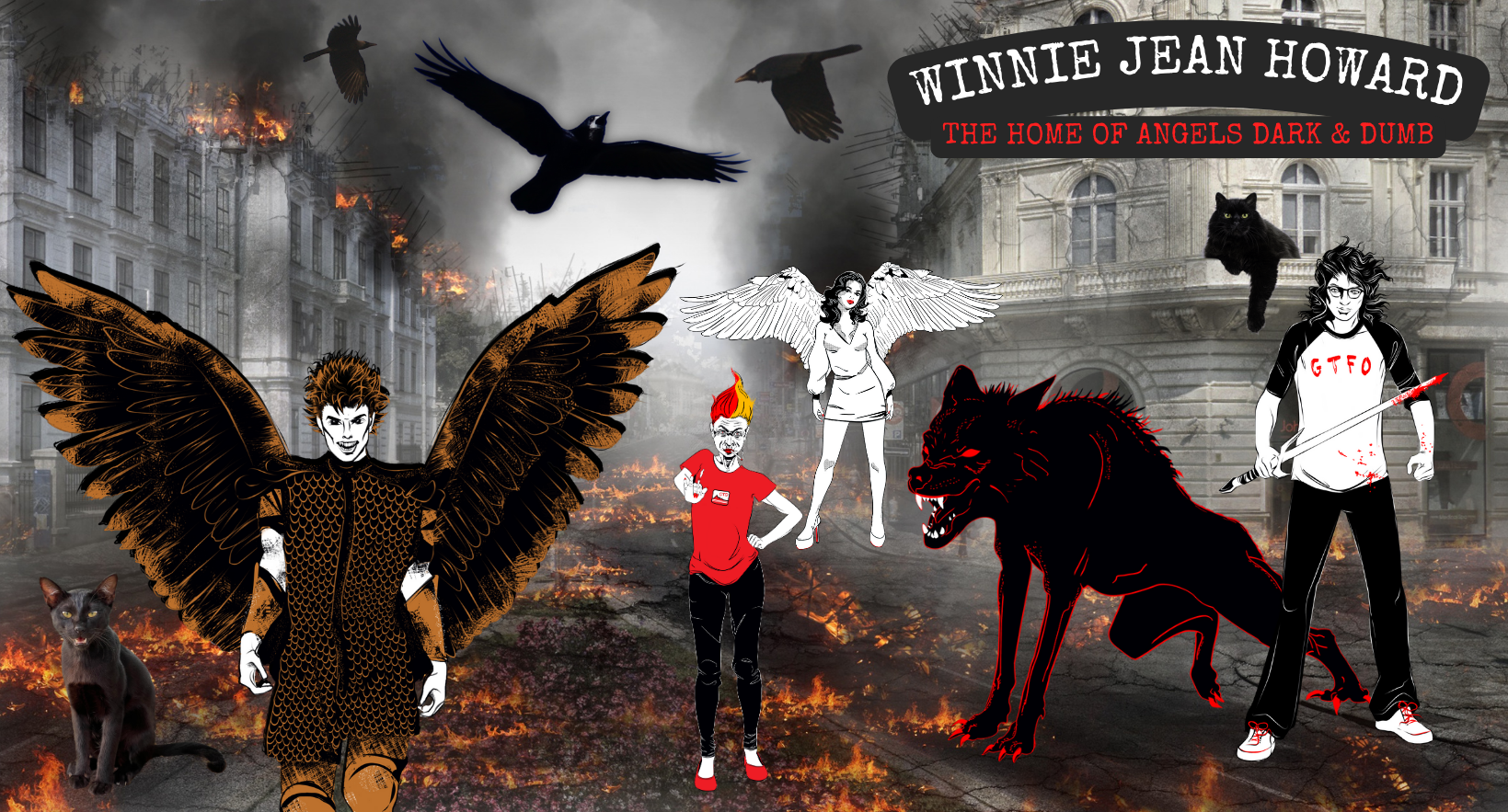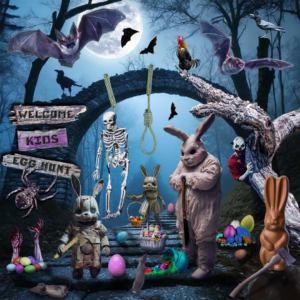The figure of the evil stepmother looms large, embodying a host of malevolent personality traits that have fascinated and terrified audiences for generations. The evil stepmother is often depicted as a master manipulator, driven by jealousy, greed, and a thirst for power. Her actions are characterized by deceit, favoritism, and a ruthless desire to control those around her, particularly her stepchildren. By exploring the complex personality traits that define this enduring archetype, we can better understand the timeless appeal and moral lessons embedded within these dark, cautionary tales.
Psychological Traits:
Jealousy and Envy: The evil stepmother often feels intense jealousy toward her stepchildren, particularly if they are seen as more beautiful, talented, or favored by the father.
In Snow White, the Evil Queen’s primary motivation is her jealousy of Snow White’s beauty. The Queen is obsessed with being the “fairest of them all,” and when her magic mirror tells her that Snow White has surpassed her in beauty, her jealousy turns into a dangerous obsession.
Malice and Cruelty: The evil stepmother is usually portrayed as harsh, mean-spirited, and sadistic in nature. Lacking empathy, she shows little to no concern for the feelings or needs of her stepchildren. She takes pleasure in causing pain and suffering to her stepchildren.
Lady Tremaine is deeply malicious towards Cinderella. She harbors no love or kindness for her stepdaughter and goes out of her way to make Cinderella’s life miserable. She subjects Cinderella to relentless physical and emotional abuse. And the poor girl is forced to do all the housework, treated as a servant rather than a family member.
Narcissism: The vain stepmother tends to be self-centered and seeks to maintain her own status and appearance at the expense of others. She is excessively self-absorbed, always placing her own needs and desires above those of others, including her stepchildren.
Dame Gothel in Rapunzel is profoundly self-absorbed and obsessed with maintaining her youth and beauty. She uses Rapunzel solely as a means to an end, demonstrating classic narcissistic behavior by valuing Rapunzel only for what she can provide.
Manipulativeness: Skilled at manipulating others, the evil stepmother often using deceit and cunning to achieve her goals. Skilled in deceit, she frequently manipulates situations and people to her advantage and pits others against her stepchildren. She works to alter the perception of others to appear as the victim or benevolent figure while portraying the stepchildren negatively.
In the Russian fairy tale The Frog Princess, the youngest son, Ivan, marries a frog, who is actually a beautiful and wise princess named Vasilisa under a curse. Envious and resentful of Vasilisa, Ivan’s stepmother manipulates situations to make Vasilisa appear incompetent or unworthy in the eyes of the Tsar and the court. She uses deceit and cunning to remove Vasilisa from the court so that her own daughter or a more favorable candidate can take Vasilisa’s place.
Vindictiveness: Evil stepmothers harbors grudges and seek revenge, punishing their stepchildren for perceived slights or simply out of spite.
Queen Narissa in Enchanted exhibits extreme vindictiveness, driven by a desire to maintain her power and eliminate anyone who threatens her position, particularly the innocent and kind-hearted Giselle. Her actions are marked by cruelty and a willingness to go to great lengths to ensure her own security and the failure of her enemies.
Insecurity: Underlying her jealousy and cruelty, the evil stepmother often feels insecure and threatened by the presence or potential of her stepchildren.
In Hansel and Gretel, their stepmother is an insecure woman who convinces the father to abandon his children in the forest. Her insecurity stems from scarcity of resources and her fear that Hansel and Gretel will consume all the food, leaving her with nothing. This insecurity drives her to force the children’s father to abandon them to fend for themselves, highlighting her malevolent and selfish nature.
Paranoia: The evil stepmother may be overly suspicious and believe that her stepchildren are plotting against her, leading to preemptive acts of cruelty.
In The Juniper Tree, the stepmother is deeply paranoid and jealous of her stepson. She fears that her own son will never receive his rightful inheritance and love from her husband as long as her stepson is around. Her paranoia leads her to commit a horrific act: she kills her stepson and serves his remains in a stew to his unsuspecting father.
Control Freak: The evil stepmother needs to control every aspect of her environment and the lives of those around her, often leading to oppressive and suffocating behavior. She often exerts strict control over her household, demanding obedience and punishing any form of dissent.
The stepmother in the Norwegian fairy tale, East of the Sun and West of the Moon forces the stepdaughter into a marriage with a mysterious white bear, believing it to be a good match due to the bear’s wealth and promises. Throughout the story, the stepmother’s need to control her stepdaughter’s fate and decisions is evident. She prioritizes her own ambitions and plans over the well-being and happiness of her stepdaughter, demonstrating her manipulative and domineering nature.
Behavioral Traits:
Deceitfulness: Evil stepmothers are prone to lying and creating false narratives to manipulate others and protect their own interests.
In the Norwegian fairy tale, The Twelve Wild Ducks, a king marries a wicked woman who becomes the stepmother to his twelve sons. The jealous and resentful stepmother convinces the king that his sons are plotting against him and creates false evidence to support her claims. The king, deceived by her lies, orders his sons to be banished. The twelve sons are transformed into wild ducks by a curse and fly away to live in the forest until they are saved by their sister.
Abuse and Neglect: The evil stepmother frequently subjects her stepchildren to physical and emotional abuse, neglecting their needs and well-being. She imposes harsh and unreasonable punishments on her stepchildren, often for trivial or fabricated reasons.
The Wicked Stepmother is a Punjabi folktale with a kind and beautiful girl named Chuniya whose abusive stepmother makes her do all of the household chores similar to Cinderella. Chuniya is often denied food and proper care, subjected to neglect, and treated harshly. Despite Chuniya’s hard work and gentle nature, the stepmother’s cruelty continues, showcasing the classic theme of abuse and neglect commonly found in tales featuring evil stepmothers.
Sabotage: Evil stepmothers actively sabotage their stepchildren’s efforts to be happy, ensuring they remain dependent or downtrodden. She actively sabotages her stepchildren’s efforts to succeed, be it in academics or social endeavors.
A king marries an evil woman who becomes the stepmother to his six sons and one daughter in The Six Swans, by the Brothers Grimm. The stepmother, who practices witchcraft, feels threatened by the king’s devotion to his children. In a malicious attempt to sabotage their happiness and ensure they remain powerless, she transforms the six sons into swans. The stepmother’s actions not only strip the brothers of their human forms but also create a daunting challenge for their sister, who must endure great hardship to break the curse.
Favoritism: The evil stepmother shows blatant favoritism towards her biological children or others she prefers, often giving them better treatment and resources.
In The Twelve Months, a Slavic fairy tale, the stepdaughter Marushka is mistreated and forced to do the hard work while the stepmother’s daughter is pampered and kept comfortable at home. The inequality is evident when she sends Marushka on an impossible tasks in harsh conditions, hoping she will fail or perish.
Greed: Driven by a desire for wealth and power, evil stepmothers prioritize financial gain and social status over the well-being of their family.
In the Brothers Grim story, The Little Peasant, a rich miller marries a woman who becomes the stepmother to his daughter. The woman manipulates her husband into neglecting his daughter, ensuring that all the wealth and resources are directed toward her own benefit. She schemes and plots to secure more wealth for herself, even if it means exploiting or harming her stepdaughter. Her actions demonstrate her greedy nature, as she is willing to sacrifice the happiness and welfare of her family for her own materialistic desires.
Conflict with Spouse: Often, there is tension or conflict between the evil stepmother and the stepchildren’s biological parent, especially if the parent is supportive of their children.
Tsar Saltan marries a beautiful woman in the Russian fairy tale The Tale of Tsar Saltan by Alexander Pushkin and they have a son named Gvidon. Later, the Tsar’s new wife and stepmother to Gvidon, is driven by jealousy and greed. The stepmother and her sisters send deceitful messages to the Tsar, lying about the Tsaritsa’s behavior and the nature of their child, claiming that the child is a monster. The Tsar believes the false narratives and orders his wife and child to be put into a barrel and cast into the sea.
Isolation Tactics: The evil stepmother isolates the stepchildren from friends, family, or supportive figures to exert more control over them. She does this to weaken their support network and increase their dependency on her.
Ella Enchanted by Gail Carson Levine is a perfect example of this tactic when her stepmother, Dame Olga, seeks to isolate Ella from her support network. Dame Olga quickly realizes that Ella is a threat to her own daughters’ chances of gaining wealth and status, so they isolate Ella by treating her as a servant and forbidding her from seeing her friends. When her stepsister learns about Ella’s obedience curse, she uses it to control Ella further by commanding her to stay away from anyone who might help or support her. By isolating Ella and controlling her every move, Dame Olga ensures that Ella remains vulnerable and powerless.
Favoritism: The evil stepmother favors her biological children or others she prefers, often giving them better treatment, opportunities, and resources.
Back to the Brothers Grim, in Mother Holle, a woman has two daughters: her own lazy, spoiled biological daughter and her hard-working, kind stepdaughter. The stepmother’s favoritism is evident when she sends the stepdaughter to sit by a well and spin until her fingers bleed. The stepdaughter accidentally drops her spindle into the well and, in her distress, jumps in after it. She ends up in the realm of Mother Holle, a supernatural figure who rewards her for her kindness and diligence with gold and treasures. When the stepdaughter returns home, the stepmother sends her biological daughter to Mother Holle’s realm, hoping she will receive the same rewards. However, the lazy and rude daughter returns home covered in pitch.
The archetype the evil stepmother embodies a complex blend of negative personality traits that drive her malevolent actions. From manipulation and deceit to jealousy and control, these traits are not only central to her character but also serve to heighten the dramatic tension in fairy tales and folklore. By understanding these characteristics, we gain insight into the underlying fears and social dynamics that these stories reflect. Whether through isolating her stepchildren, creating false narratives, or showing blatant favoritism, the evil stepmother’s actions reveal a deep-seated insecurity and desire for power. These stories, while fantastical, resonate because they touch upon universal themes of family, trust, and the consequences of unchecked ambition and cruelty. The enduring figure of the evil stepmother serves as a cautionary symbol, reminding us of the importance of compassion, fairness, and integrity in our relationships.










